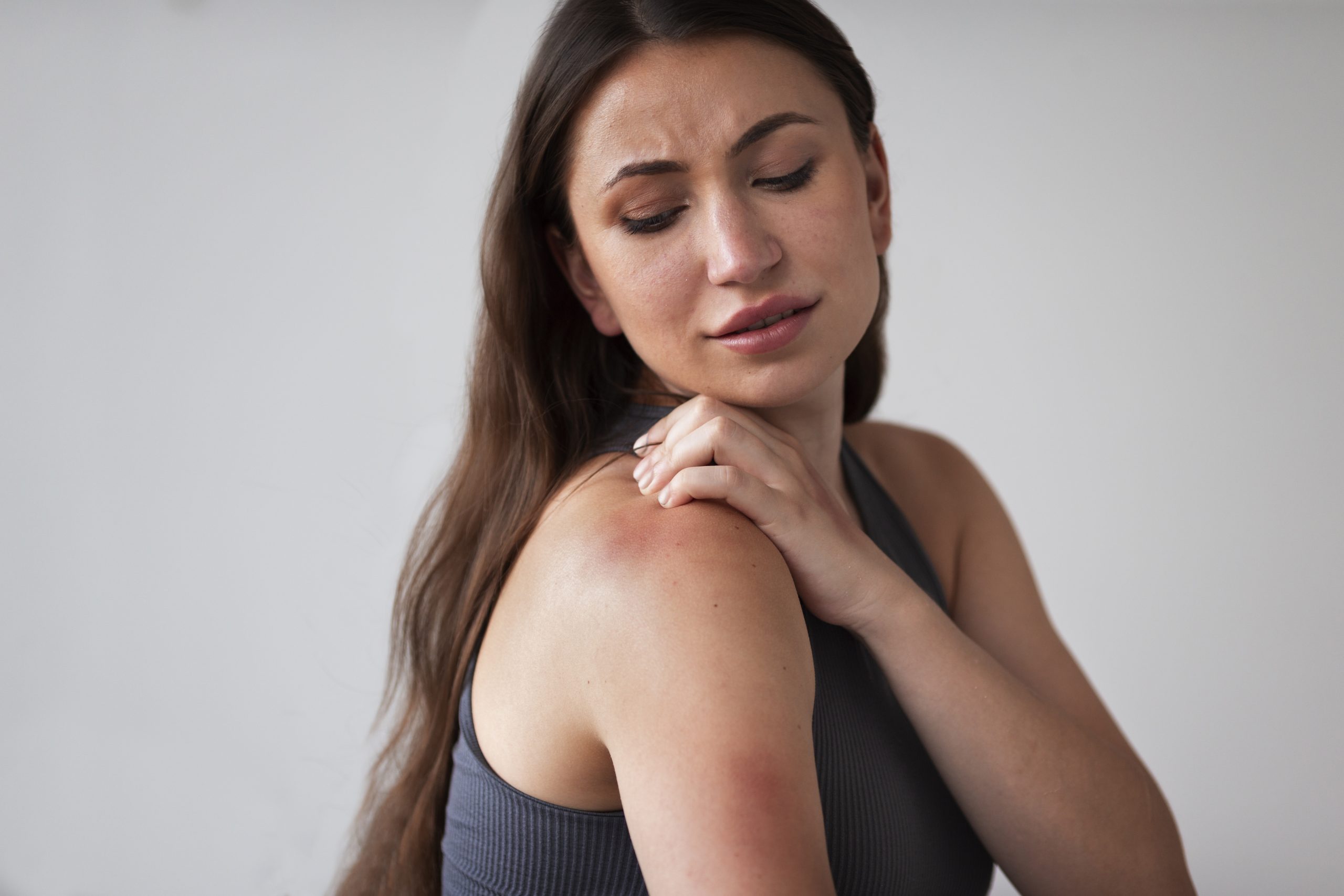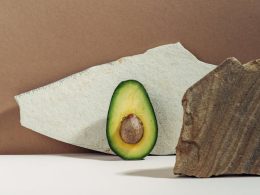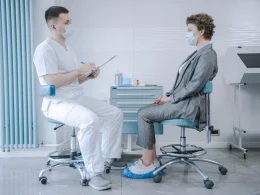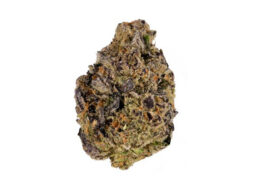Miliaria, sometimes called heat rash or prickly heat, is a common skin ailment that manifests as red, itchy bumps on the skin when perspiration becomes trapped in the sweat ducts and causes inflammation. There are several potential triggers for miliaria, but the main ones include:
Introduction
Many people in hot and humid tropical regions suffer with Miliaria, sometimes known as “prickly heat” or “sweat rash,” a skin ailment that may be quite irritating. In-depth information about Miliaria, including its many manifestations, contributing factors, and preventative measures, is provided in this article.
Unveiling Miliaria

Miliaria is a frequent dermatological problem caused by the obstruction of sweat ducts deep under the skin (often in the stratum corneum). Miliaria develops when the openings of the eccrine sweat glands get blocked. Miliaria crystallina, Miliaria rubra, Miliaria pustulosa, and Miliaria profunda are various manifestations of the same illness with somewhat different symptoms.
Types of Miliaria
Miliaria Crystallina
Miliaria crystallina causes small blisters filled with a transparent fluid to form on the skin. Blocked sweat ducts are manifested by these flesh-colored blisters, which may or may not be itchy or uncomfortable. In hot and humid climates, both newborns and adults frequently exhibit this form of Miliaria.
Miliaria Rubra (Prickly Heat)
Prickly heat, or Miliaria rubra, is probably the most well-known kind of Miliaria. The skin breaks out in red, itchy bumps, usually in folds. Extreme perspiration in hot and humid temperatures can lead to miliaria, which can be quite irritating.
Miliaria Pustulosa
Miliaria pustulosa manifests itself clinically as the formation of pustules, which are tiny, pus-filled lumps on the skin. Miliaria rubra individuals who have had previous bouts are more likely to appear with these pustules, which may be irritating.
Miliaria Profunda
Miliaria profunda is an extremely serious yet unusual form of the fungus that causes Miliaria. It spreads further under the skin, resulting in the growth of painful nodules. Miliaria rubra infestations that come back repeatedly are a typical trigger for this.
What Triggers Miliaria?
Hot and Humid Weather
Miliaria is often brought on by the combination of high temperatures and high humidity. The human body’s normal reaction to extreme heat is to produce sweat as a method of cooling down. However, clogged sweat ducts are a problem for those who perspire often, and this is especially true in frictional regions like skin folds.
Air Conditioned Environment
Surprisingly, even the use of air conditioning can have a role. The body’s ability to adjust to high temperatures is hampered by long periods spent in a chilly environment. Miliaria is particularly dangerous when people go straight from cool indoor environments to the searing heat outside.
Sweat Duct Blockage
In all cases of Miliaria, a blockage of the sweat ducts is the primary cause of the condition. Sweat retention is caused by a blockage that can be caused by things like dead skin cells, oils, and germs.
Effective Prevention Strategies
Preventing malaria in tropical regions requires both awareness and behavioural changes. Here are several tried and true precautions:
1. Maintain Good Hygiene
Maintaining a regular skin care routine can keep your sweat glands clear of the dead skin cells and germs that might clog them. To prevent additional blockage, use gentle, non-comedogenic soaps.
2. Wear Appropriate Clothing
In hot and humid conditions, you should wear lightweight, breathable clothes. Cotton is a great option since it promotes air flow and helps keep you dry by absorbing moisture.
3. Stay Hydrated
It’s essential that you stay hydrated. Getting enough water in your system aids in temperature regulation and lessens the likelihood of excessive perspiration.
4. Use Antiperspirants
In order to prevent sweating and the subsequent clogging of sweat ducts, antiperspirants should be used to regions prone to Miliaria, notably skin folds.
5. Avoid Overcooling
Even while the air conditioner may help, prolonged use is not recommended. To protect yourself from the effects of extreme cold or heat, gradually expose yourself to external conditions.
6. Seek Medical Advice
If your Miliaria is severe or persistent, you should see a dermatologist for advice and treatment options.
Conclusion
Miliaria is a prevalent problem in tropical regions, but it may be avoided easily with few precautions. The pleasures of hot and humid conditions can be enjoyed without the discomfort of prickly heat and sweat rashes by understanding the causes of Miliaria and taking a proactive approach to prevention. Following these guidelines will help you maintain healthy, pleasant skin in any environment.





